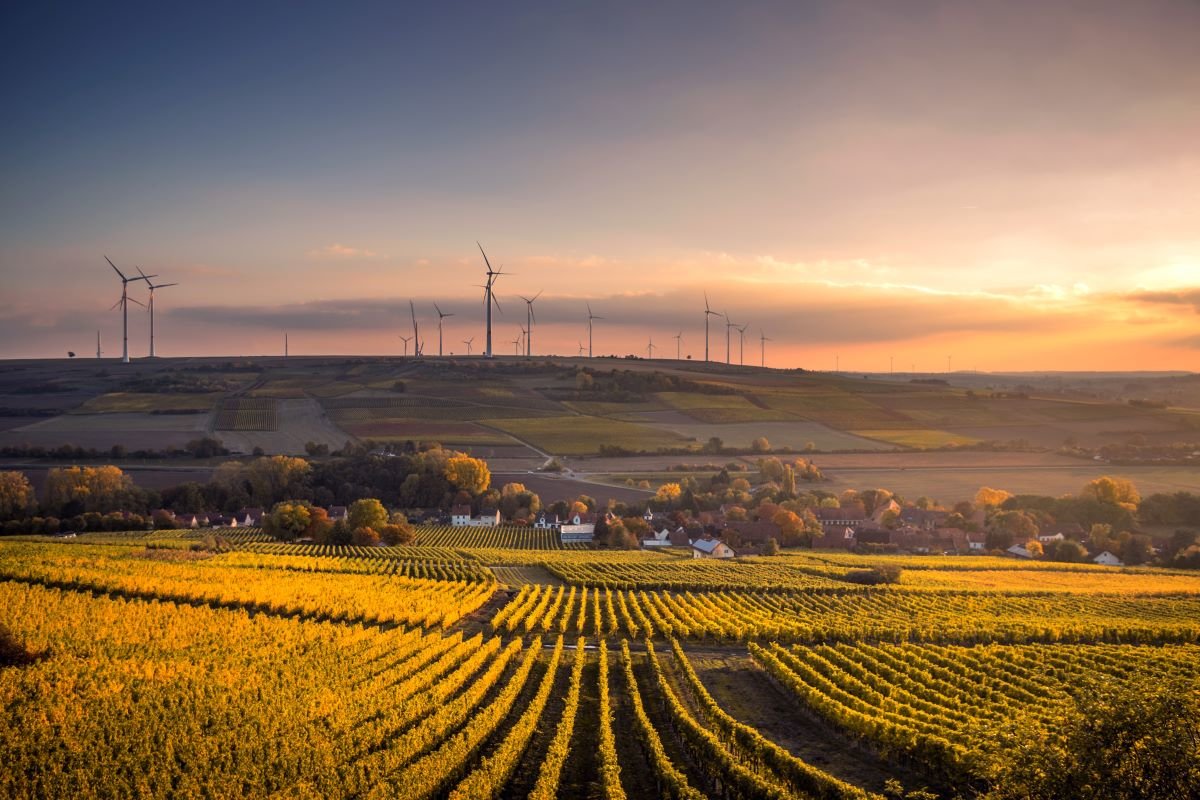Only a year ago, the odds that Slovakia would plan to phase out coal power were widely seen as small. Yet the combination of a rising European carbon price and an offer of support through the European Union’s Coal Regions in Transition Platform led the country to announce a phase-out of lignite by 2023.
The European Commission’s proposal for a Just Transition Fund has the potential to add to this momentum, by making the EU’s remaining coal countries an offer too attractive to refuse. The fund is one of three pillars of a new Just Transition Mechanism, a central part of the European Green Deal. Next to it, a dedicated scheme under the InvestEU fund and a public-sector loan facility with the European Investment Bank will support regions and sectors most affected by the union’s transition to climate neutrality.
Under the European Green Deal, the commission combines a badly-needed effort to raise its climate ambition with a green-investment plan explicitly designed to close the divergence on low carbon between many western- and eastern-European countries.
Broad focus
The Just Transition Fund will be open to all member states and help regions with coal, peat, oil-shale and carbon-intensive industrial activities to slash their emissions by closing fossil infrastructure. This broad focus is necessary because reaching climate neutrality requires all member states to reduce emissions in all sectors of the economy—be that energy, buildings, transport or livestock farming.
To receive funding, countries will need to draw up territorial transition plans. Such plans are an essential element of a just-transition process, as they give prospective security to workers, industries, investors and communities. Importantly, these strategies need to be driven by all stakeholders from affected regions: people from a given region best know its strengths and weaknesses and what they want it to look like in the future.
Developing a transition plan therefore requires an inclusive process, which gives all interests a seat at the table—not just the incumbents who often dominate such debates. This means that environmental organisations or more recent joiners of the climate movement, such as the school strikers, should have their say.
The fund requires the transition strategies to be consistent with National Energy and Climate Plans. This, however, will not be enough. The current versions of these plans are unlikely to get the EU close enough to its 2030 target—let alone the new, 2050 climate-neutrality target. In fact, those draft plans revealed that major coal countries in Europe were only planning small reductions in coal production before 2030.
Need to strengthen
If Europe is to avoid getting stuck in transition, the commission’s proposal will need to be strengthened, so that countries receiving funding are in fact planning to phase out coal or another polluting activity at a rate which ensures the EU will become carbon-neutral by 2050 at the very latest.
Under the proposed allocation criteria for the Just Transition Fund, Poland and Germany will stand to benefit the most. Allocation of funding is based on greenhouse-gas emissions, employment or production levels in a certain industry, economic development and the number of inhabitants—climate ambition is entirely missing from this equation.
Poland at the moment is nowhere near planning for a phase-out of coal. Germany’s envisaged 2038 endpoint meanwhile is less ambitious than that of all other western-European countries. The Powering Past Coal Alliance, a global coalition of national and subnational governments, businesses and organisations, sets 2030 as an international benchmark for coal phase-out in countries belonging to the Organisation for Economic Co-operation and Development.
In contrast to Germany and Poland, Greece plans a timely phase-out and has recently announced it will stop burning coal by 2028—most of it already by 2023—yet it is left with a much smaller share of the Just Transition Fund. Those countries which commit to more climate action and plan for a major transition within the coming years should also receive more financial support from an EU budget that covers the next seven years.
Tight window
The European Council president, Charles Michel, has announced he wants to conclude a deal on the EU budget at a council meeting of heads of state and government on February 20th. If successful, this means that allocations between funds and among member states will be set. The window of opportunity for adding climate ambition to the allocation criteria of the Just Transition Fund is therefore tight. In addition to the initial allocations among member states and whether these consider national climate ambition, negotiations on the proposed Just Transition Fund will however run for most of the year, providing a second major opportunity to improve climate conditionality.
The European Parliament has already made clear that Just Transition funding must be conditional on coal phase-out plans. Among member states, the EU countries which are members of the Powering Past Coal Alliance control a comfortable majority and share a common interest in insisting on strict climate conditionality.
There are good reasons for optimism. Coal is already in terminal decline. E3G’s recent analysis of the state of the energy transition in central and eastern Europe—a region with many coalmining countries—shows that the role of coal is already diminishing because it is too expensive, while governments are looking for alternatives, such as ever-cheaper renewable energy.
Progress on moving beyond coal has direct consequences for the question as to by how much the EU can increase its climate pledge for 2030, which it will need to do before the COP26 climate conference in Glasgow at the end of this year. An analysis by the think tank Sandbag from March 2019 shows that the national coal phase-out plans which existed back then would already help the EU deliver an emissions reduction of 50 per cent by 2030. Since then more announcements have been made, taking the EU’s emissions reductions well beyond that.
The prospect of more national phase-out commitments, supported through a Just Transition Fund, should now inspire the commission, and the member states, to make a bold proposal to increase its 2030 climate targets in the spring of this year.
This article was originally published by Social Europe.
This project has received funding from the LIFE Programme of the European Union.



